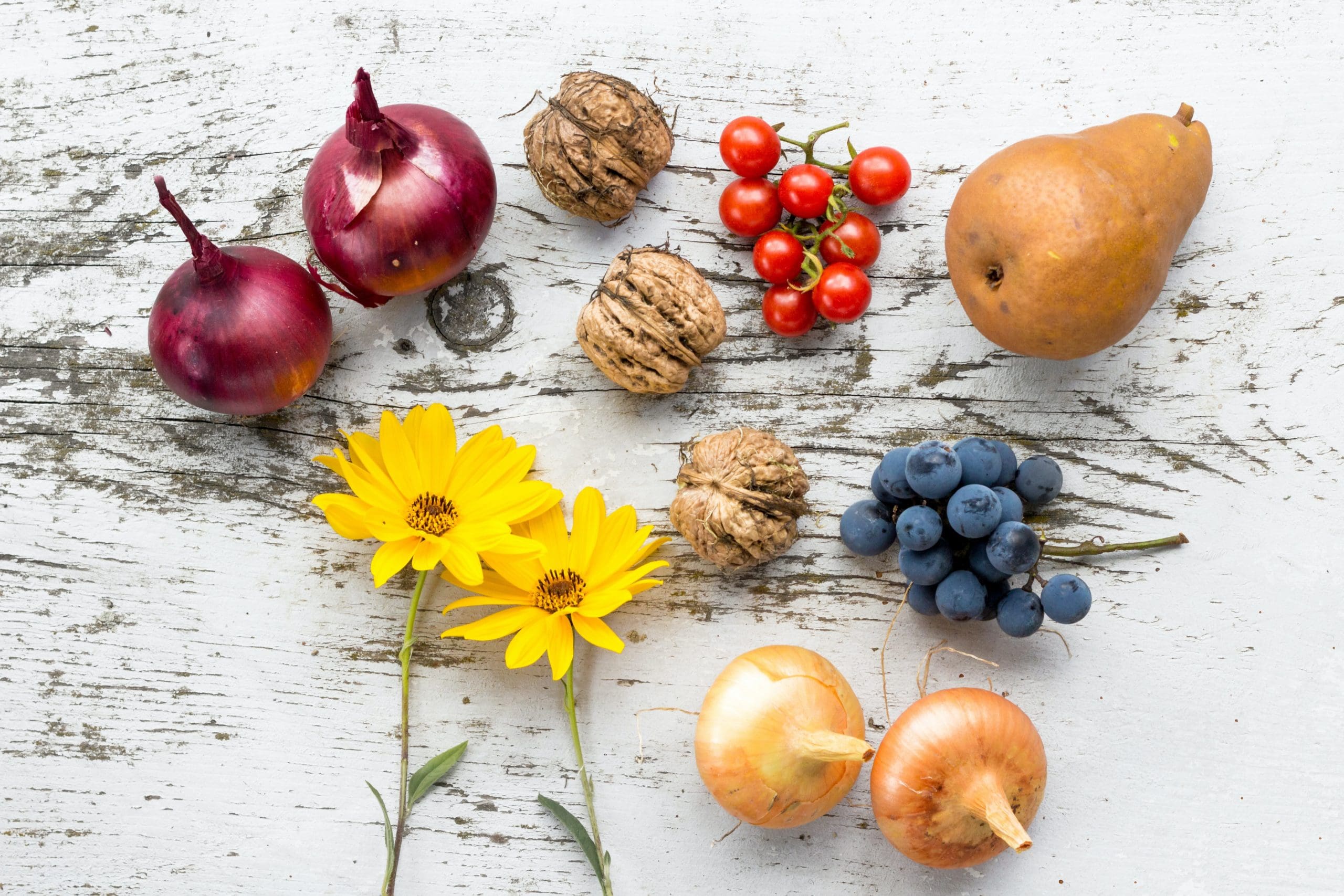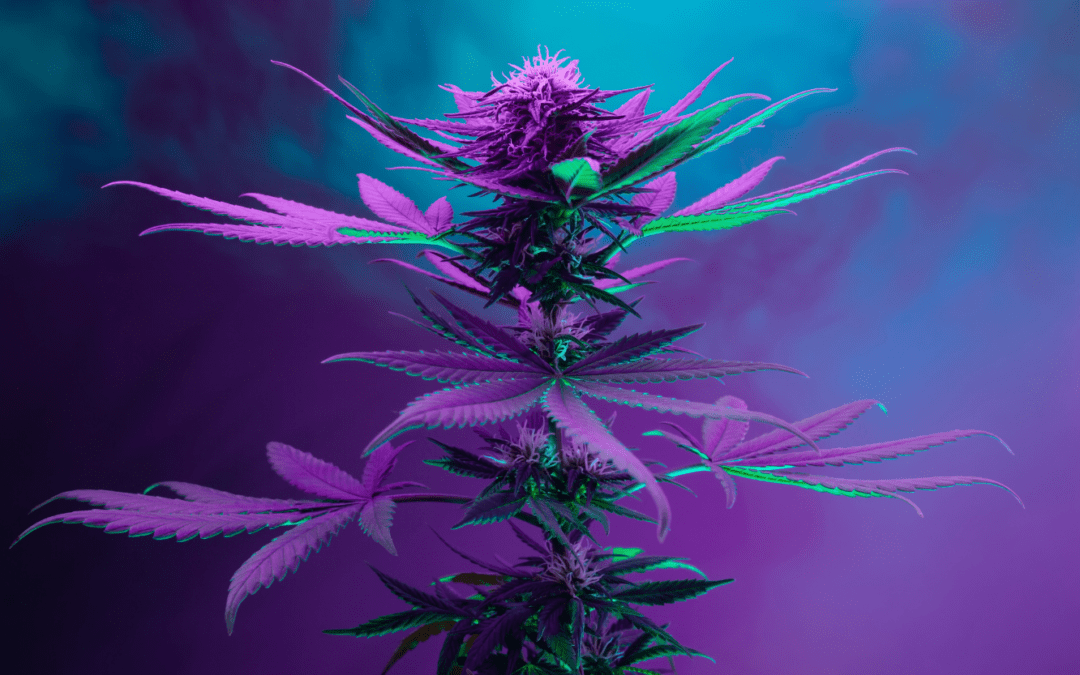You’ve probably heard about cannabinoids. You may have even heard of terpenes.
But have you heard of flavonoids? What are cannabis flavonoids anyway?
Flavonoids are another essential chemical compound found in cannabis plants that tend to be overshadowed by cannabinoids and terpenes. Scientists have identified thousands of flavonoids in many plants such as flowers, fruits, vegetables, and cannabis.
Although flavonoids are found in many plants, including cannabis, some only occur in cannabis plants called cannaflavins. These compounds play an important role in how you experience marijuana through your senses.
This natural substance gives the different strains of cannabis their colour. For example, anthocyanin contributes to the purple colour of the Purple Kush strain.
As mentioned above, flavonoids give different cannabis plants its colours, which in turn attracts pollinators. In addition to giving plants their colour, they help to protect the cannabis plant against harsh elements like UV rays from the sun, pests, and disease.

Flavonoids may contribute to the Entourage Effect
There is very little research into the impact of flavonoids on the body and how they work together with other cannabis compounds. However, many believe that these compounds work synergistically with cannabinoids and terpenes–called the entourage effect–to enhance the impact of cannabis on your body.
Cannabis Flavonoids have Pharmacological Benefits
Early research shows that cannaflavins have medicinal benefits. For example, cannaflavin A has anti-inflammatory effects that may be stronger than Aspirin. In addition, other cannaflavins called Orientin, Quercetin, Silymarin, and Kaempferol, have anti-inflammatory, anti-fungal, antioxidant, and anti-cancer powers.

The Bottom Line
The cannabis plant is a treasure trove of natural compounds with medicinal and therapeutic impacts on the body. For example, flavonoids are the natural substances that give marijuana plants their colour. Although not well-studied, these substances are another cannabis compound you might consider when deciding which strains best meet your health, wellness, or recreational goals.

